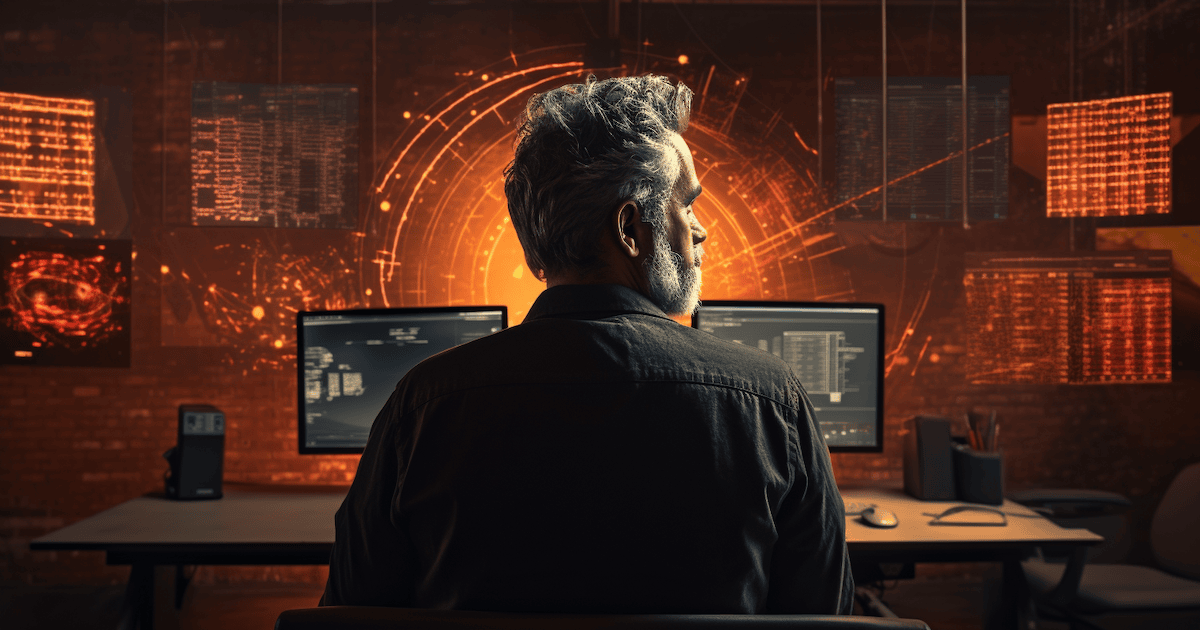
Hi Jeff: Thank you so much for sharing your knowledge, and as usual going the extra mile to provide such accurate research. The Perceptron, which you launched in March of 2022, is your personal “invention.” Will you continue to give us recommendations in the cryptocurrency world based on the Perceptron market radar? My second query is, where do you see the future of NFTs? — Angela B.
Hi Angela, thanks for writing in about one of my favorite topics.
I miss the Perceptron! That was one of the most interesting and most difficult projects of mine. It took years of planning and work.
The Perceptron was a proprietary artificial intelligence that my team and I built at my former firm, designed to identify high probability trading opportunities in the cryptocurrency space. The Perceptron was the name of the AI behind my Neural Net Profits trading service.
Despite having launched the Perceptron in a terrible market for digital assets, it still had a great performance track record — exactly what it was designed to do in tough market conditions. And it performs even better in bullish market conditions.
I haven’t decided yet whether or not to design a brand-new AI for trading digital assets. Building a second time can often feel like a difficult task, but the end result is always worth it.
I’ll be giving this a lot more thought next year as I build my product roadmap for Brownridge Research and my subscribers.
One thing I can say is that I plan on using technology — specifically machine learning and artificial intelligence — a lot more at Brownridge, for both investment analysis and trading strategies.
The reality is that anywhere between 60-75% of all trades on public markets are performed by software algorithms.
These are driven heavily by hedge funds and other institutional capital in an effort to generate quick profits, often times at the expense of normal investors. Why not use this information to our advantage?
This software-driven trading dynamic is a disadvantage to normal investors, which is also compounded by government fiscal and monetary policies, which are detrimental to the public markets.
Technology can help mitigate these negative impacts, and even help us investors profit off the market volatility these dynamics can cause.
As for NFTs, I’m generally quite bullish — but there is some nuance worth exploring…
The compelling feature of non-fungible tokens (NFTs) is their programmability.
When most of us think about an NFT, we tend to think about something as simple as a JPEG image. Perhaps an image of a Bored Ape might come to mind:

The Bored Apes are a great representation of what is effectively a form of blockchain-enabled digital art.
Each piece of art, and its ownership, is recorded on a blockchain. Each image is unique and one-of-a-kind. No one else can own it.
While these types of NFTs were entertaining to watch take off into bubble territory, they haven’t fared so well.
Let’s take the Bored Apes, for example. As of this past summer, the floor price for Bored Apes NFTs had fallen by about 88% from the peak in the spring of 2022.
Far more interesting to me than just “digital art” are NFTs that take advantage of the programmability of NFTs.
Let’s take ticketing for example. If NFTs were used for a concert, consumers could purchase an NFT that enabled the entry to the concern venue, a specific seat, access to the most recent album, VIP entry to backstage, a free t-shirt, a signed picture, and so on.
Each NFT would be unique for the concert and could have any variety of the attributes that I listed above. Entrance to the venue, and to any VIP rooms or free items, would be accessible through the NFT, which would be stored on a smart phone.
Another good example is the use of NFTs for the purpose of certification or attendance.
And after the above event was over, for example, the NFT would still belong to the consumer and act as proof of attendance (assuming that the individual attended the event). It acts like a digital record of any event that someone attended.
If we think about applications in education or professional training, an NFT can be issued to confirm attendance of a class, a recorded grade, or proof of completed training.
These types of NFT applications can be linked to a resume, making it very easy for a prospective school or employer to confirm that the resume is legitimate.
I like these NFT applications because they reduce friction in the ways that things are still done today. And they have a strong and personal social aspect to being able to show the things consumers are doing that they are passionate about.
These types of programmable applications of NFT technology are the future of the industry. There is some great work going on in these areas, and I’m very excited about what comes next.
Good evening, Jeff, I’m glad you are back in action! The Perceptron — was it real? An actual AI computer picking crypto? They [Brownstone Research] switched all of memberships to Big T’s CONAN AI picker for crypto — same concept, 60-day trades. I just feel there was never any proof that it was real. It could be just their team analyst picking the crypto. Just would like some feedback. Thanks for listening! — Chad S.
Hi Chad, I am indeed back in action! I feel fantastic and it’s great to hear from my wonderful subscribers again.
Your question is an easy one, and also an important one.
As a refresher, The Perceptron was a proprietary artificial intelligence that my team and I built at my former firm, designed to identify high probability trading opportunities in the cryptocurrency space. The Perceptron was the name I gave to the AI behind my Neural Net Profits trading service.
Yes, The Perceptron was real, very real, and one of the more complex and interesting projects I’ve ever taken on.
The idea for the Perceptron was something that I had been thinking about for years, so I was extremely excited to bring it to life. It was in fact a real AI.
With the help of one of my core teammates, using deep neural networks (DNN) technology, we were able to create an AI that could process and analyze more than 4 gigabytes of data daily.
The data was a compilation of more than 200 data points on thousands of cryptocurrencies. What makes deep neural networks so powerful is that they can recognize complex patterns amongst a sea of data.
A DNN is capable of “learning” over time which signals to give more weight to and which ones to discount. Doing so enables it to “see” things that us humans simply can’t pick up. This is what gave it such an inherent advantage.
The signals that the Perceptron gave were my guide for both buy and sell recommendations.
Unfortunately, I can’t speak as to what happened with the Perceptron after June 9th. While my last day at Brownstone was August 26th, the last day that I published my own research and writing was June 9th. After that, I was cut off from all communications.
I wish I could provide some more perspective, but I just don’t have any information at all about what happened to The Perceptron. And I have no idea what the CONAN AI is all about. This is the first I heard of it.
Looking forward though, I am very bullish on leveraging technology, specifically artificial intelligence, for investing and trading opportunities. I have a lot of new ideas that I’ve been exploring about what that might look like. I’m excited to share this in time with my new subscribers at Brownridge Research.
Thanks again Chad.